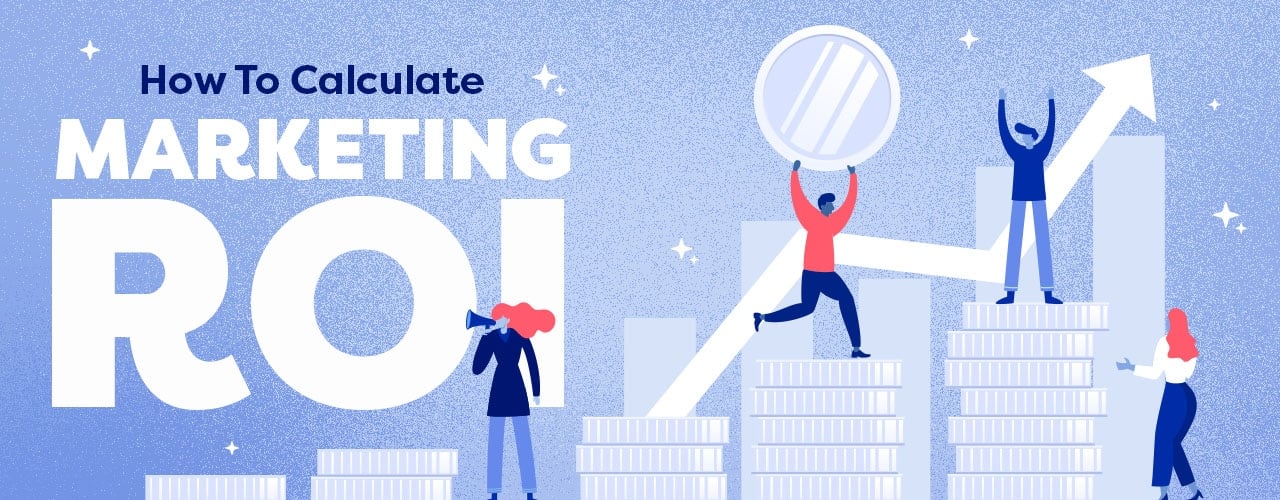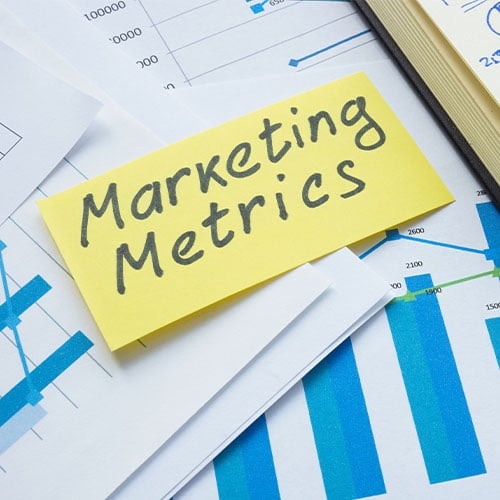
How to Calculate Marketing ROI
Last updated on 5/22/2023Marketing is essential for any business to promote brand awareness, gain new customers, and increase sales. There are free marketing strategies you can take advantage of like social media marketing, but many forms of marketing cost money. As a result, your business should be tracking the effectiveness of any marketing campaign to determine its ROI, or return on investment. Keep reading to learn more about marketing ROI and how it affects your business.
What Is Restaurant ROI?

ROI stands for return on investment. It represents the percentage of profits produced by any type of investment you make, whether you're adding a new patio or building a drive-thru window. If that sounds too much like financial jargon, think of it like this. ROI tells you if the investment was worth the time, money, and labor you put into it. ROI is usually represented by a percentage, but marketing ROI (also called ROMI) is sometimes shown as a ratio.
Marketing tactics take up a big chunk of your budget, but it can be tricky to measure the effectiveness of a campaign. That’s where ROI comes into play. By taking stock of your marketing ROI, you can pinpoint the types of marketing that are helping to produce revenue and avoid the ones that aren’t effective.
Why Should You Calculate Your Marketing ROI?
There are many benefits to calculating your marketing ROI, but here are a few major reasons.
- Marketing ROI helps justify your marketing budget.
- It can help you discover what marketing tactics are effective and which ones aren't successful.
- Analyzing your ROI can help you optimize your marketing efforts further down the road.
Marketing ROI Challenges

Before you start making calculations, there are several things to keep in mind. The effectiveness of your marketing isn't always cut and dry. Here are some common challenges associated with obtaining an accurate view of the return on your investment.
- Identifying the Right Metrics - Most of the time revenue is the metric you’ll be most interested in, but maybe the goal of a new marketing campaign is to increase new customers. In that case, you’ll want to keep track of customer data and isolate first-time customers from repeat customers. POS software and reservation systems can help you track data.
- Attributing Campaigns to Revenue - You have revenue coming in daily (hopefully), so how do you know if profits are a direct result of your marketing campaign? This is one of the biggest challenges in marketing. You must isolate and define metrics that can be directly attributed to a specific marketing strategy. For example, if you start a coupon program and offer a 2-for-1 special on Tuesday nights, you should only measure the profits produced on guest checks where the coupon was used.
- Avoiding Vanity Metrics - Looking at the wrong metrics can skew your results. Maybe you saw a huge increase in revenue on the same day as your coupon campaign, but it was due to another factor entirely. Perhaps that day a bus of tourists made a stop at your restaurant and you saw a boost in revenue as a result. Vanity metrics look good on paper, but they don’t tell the whole story.
- Defining the Time Range - Setting a measurable date range that correlates with your marketing efforts seems like a no-brainer. If everyone reacted immediately to our marketing campaigns, that would be true. But sometimes marketing is a long-game strategy. Longer periods of time provide more data to analyze.
Marketing ROI Formula

The formula for calculating your marketing ROI is simple. Determining an accurate net return is the hard part. If you're already aware of the challenges and you know how to avoid vanity metrics, use the following formula to calculate ROI:
(Net Return of Investment / Cost of Investment) x 100% = ROI
We'll use a coupon marketing campaign as a real-life example. In this case, the net return of the investment is dependent on the profits produced by the coupon:
Net Return of Investment = total profits earned on guest checks that include a coupon purchase for a defined date range with all expenses removed (cost of goods sold and marketing expenses)
Cost of Investment = total cost required to share coupons through print, email, or social channels
The calculation of the coupon marketing campaign would look something like this:
- Total revenue produced by coupon = $700
- Marketing Expenses = $100
- Cost of Goods Sold = $150
- $700 - ($100 + $150) / $100 = 5
- 5 x 100 = 500%
This ROI of this particular coupon campaign was 500% or 5:1 in ratio form. The return on the investment was five times the cost of the investment. This would be considered a good rate of return.
How to Calculate ROI
You can use these basic steps to start calculating your restaurant marketing ROI:
- First, isolate the revenue growth that can be attributed to your marketing campaign. For net profit, you'll need to subtract the cost of goods sold.
- Calculate the total marketing investment you made. This includes costs like ad buys in the local paper, purchasing an outdoor sign, hiring an advertising agency, or even paying one of your employees to manage your social media pages.
- Subtract the total marketing investment from your sales growth.
- Divide by the total marketing investment to find your marketing ROI.
- Multiply that number by 100 to see your ROMI represented as a percentage.
What Is a Good Marketing ROI?

A 500% marketing ROI, or 5:1 ratio, is considered a successful benchmark. If your ROI falls near this number, your campaigns are effective. Anything over 500% is exceptional. However, if you fall closer to 200%, you should re-examine your strategy. An ROI of 100% means your campaign broke even and was not profitable.
Marketing campaigns can benefit your business in ways that don’t result in direct sales. This type of marketing ROI is harder to track. Here are three examples of marketing benefits that are difficult to account for in your ROI.
- Your online advertising campaign could increase traffic to your restaurant's website and increase your brand recognition.
- A coupon marketing campaign could encourage one-time customers to become repeat visitors.
- If you’re using social media marketing, you may see an increase in your follower count or likes on your posts.
Adjusting Your Marketing Tactics Based on Your Marketing ROI
Once you’ve calculated your restaurant’s marketing ROI, you can gauge the effectiveness of your marketing campaign. Then you can decide if you want to conduct another marketing campaign, change your tactics, or focus on one particularly effective strategy.
If you find that you have a low marketing ROI, you should consider scaling back and lowering your marketing expenses, at least until you can find a more effective strategy.
Finding your marketing ROI is a great way to gauge the effectiveness of your restaurant’s marketing, but it’s important to remember that marketing has other benefits besides your bottom line. Be sure to check your website’s analytics, your social media following, and other important metrics before drastically changing your marketing strategy.






